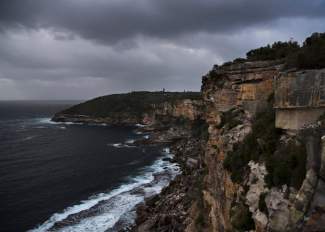One of my Facebook friends recently posted pics of a black eye he received when he was attacked by a gang of teenagers while heading home after a night out. On November 1, 2016 he posted the following (translated from French by Facebook)
End of evening pretty intense: get attacked by a group of 10-12 teenagers dressed in black from head to toe (pants, jackets to caps and hide-neck to camouflage the face) to steal my iPhone. Ambulance and police officers. Police report recorded and ongoing investigation. Possible they were coming out of the metro charlevoix just before me around 23 h15 so on cameras. To be continued…
The next day, he updated us with:
Montreal friends please share: If anyone would have information about a group of teenagers probably between 15 and 18 years old, dressed in black from head to toe (pants, hoodies and hide-and-neck ski) who were in The Neighborhood Pointe St-Charles Monday night around 23 pm please contact me or contact the Service de police de la Ville de Montréal-Spvm by giving the number of event 15-161031-013. I made myself to attack violently to the head To steal my iphone is on the street charlevoix walking direction south west on the sidewalk in front of the IGA (South of the street Mullins). Thank you!
More bruised than anything, he has recovered. I didn't follow up with him to see if it was a crime based on his sexuality, but the thought was in my head. One reason I had thought it might have been an attack based on his sexuality, was I remembered an article from VICE.com titled New Orleans Middle Schoolers Are Beating the Shit Out of Artists and Gays. It told of of gay men and artists being targeted by kids as young as middle schoolers.
Both of these cases pale in comparison to what may have been going on in Australia in the '80s and '90s. Thirty year old investigations that were ruled suicides are now being re-examined as murders of gay men by gangs.
SYDNEY, Australia — On a December day in 1988, a teenager on a spearfishing expedition found a body at the bottom of one of the wild, honey-colored sandstone cliffs that line Sydney Harbor.
Naked, torn and battered by the rocks, the dead man was a promising American mathematician, Scott Johnson. His clothes were found at the top of the cliff in a neat pile with his digital watch, student ID and a $10 bill, folded in a small plastic sheath. There was no wallet, and no note.
The police concluded that Mr. Johnson, 27, had committed suicide, and a coroner agreed. Fatal leaps from the cliffs around Sydney into the fierce sea below were not uncommon, then or now.
But 28 years later, a new inquest into Mr. Johnson’s death has begun. His brother, a wealthy Boston tech entrepreneur, has pressed the Australian authorities for years to revisit the case, arguing that Mr. Johnson was murdered because he was gay and that the police failed to see it.
If so, it appears Mr. Johnson may not have been the only one.
During the 1980s and 1990s, the Australian authorities now say, gangs of teenagers in Sydney hunted gay men for sport, sometimes forcing them off the cliffs to their deaths. But the police, many of whom had a reputation for hostility toward gay men, often carried out perfunctory investigations that overlooked the possibility of homicide, former officials and police officers say. – nytimes.com
For more on this horrific account and upsetting news, head over to the nytimes.com.
We hope more honesty and justice and understanding come out of these new investigations.
“There was clearly a pattern to these deaths,” said Margaret Sheil, whose brother Peter was found dead at the base of a cliff in 1983. “Today, it is extraordinary to think that we would not have had an open discussion about what happened. And if we had, it might have prevented it happening to someone else.” – nytimes.com
h/t: nytimes.com

